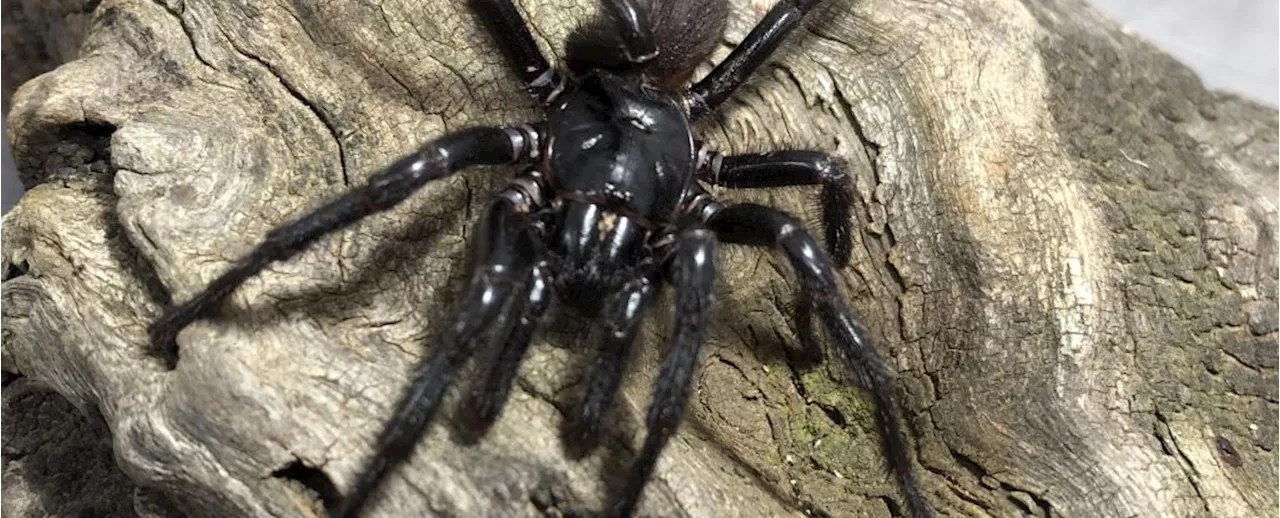A new study reveals that what was previously thought to be a single species of funnel-web spider is actually three distinct species. This discovery, while surprising, offers valuable insights for scientists studying these deadly arachnids and their potent venom. The research also highlights the importance of understanding and protecting these creatures in an increasingly changing world.
Almost every Australian is taught, from a very young age, to be cautious around the funnel-web spider. These large, black, aggressive arachnids can be found along the eastern coast of the continent, making their homes in web-lined burrows, to pounce on the small critters on which they feast. They also, through some quirk of evolution, secrete a venom more deadly to humans than any other spider. Well, except maybe that's not quite true.
A new, in-depth study of the spider has discovered that what we thought was one species is actually three. That means there are two new species of the world's most venomous spider, but the discovery is actually good news: it will allow scientists to better characterize and understand the venom each species produces. The Newcastle funnel-web was mistakenly thought to be part of the Sydney funnel-web species. (Atrax robustus) had posed something of a puzzle to scientists for some time. Although they were all lumped together, there seemed to be some regional variation in what they looked like, with scientists noticing subtle differences in size, shape, and color. Led by arachnologist Stephanie Loria of the Leibniz Institute for the Analysis of Biodiversity Change in Germany, a team of researchers decided to get to the bottom of this diversity. Was it simply adaptations to different habitats, or indicative of deeper diversity within the species? The study, published in the journal ZooKeys, involved comparing the genetic makeup of funnel-web spiders from across their range. This analysis confirmed that there were indeed three distinct species: the Sydney funnel-web (Atrax robustus), the Newcastle funnel-web (Atrax christenseni), and a third, as yet unnamed species. The study also revealed the geographical distribution of each species. The Sydney funnel-web itself is focused around the Sydney area, as far north as the Central Coast, south to the Georges River, and west to the Baulkam Hills area, with scattered, isolated sightings only slightly further to the west and south. Atrax christenseni), and these are the chonkers: Big Boy, it transpires, was a Newcastle funnel-web, and some of the other large funnel-web spiders from the region, such as the recently recovered spider named Hemsworth, were misattributed too. Being able to sort these spiders into their appropriate species will make a huge difference to understanding their deadly venom – which, for some reason, is only dangerous to the small creatures upon which it preys, and primates, including humans.Although its venom is the deadliest in the world, no one in Australia has died of a funnel-web bite since the introduction of antivenom in 1981. This is because the antivenom is an excellently effective treatment – but the new discovery could help tweak it. Understanding why funnel-webs produce these mixtures could aid in more efficient venom milking and use and help us figure out the function of the venom. And there's something a bit sadder to think about. Funnel-web numbers appear to be on the decline. Although they might be, these spiders play an important role in the environments they inhabit. A better understanding of the differences between them will help scientists trying to protect them from the threats they themselves face in a changing world
FUNNEL-WEB SPIDERS VENOM AUSTRALIA NEW SPECIES CONSERVATION
United States Latest News, United States Headlines
Similar News:You can also read news stories similar to this one that we have collected from other news sources.
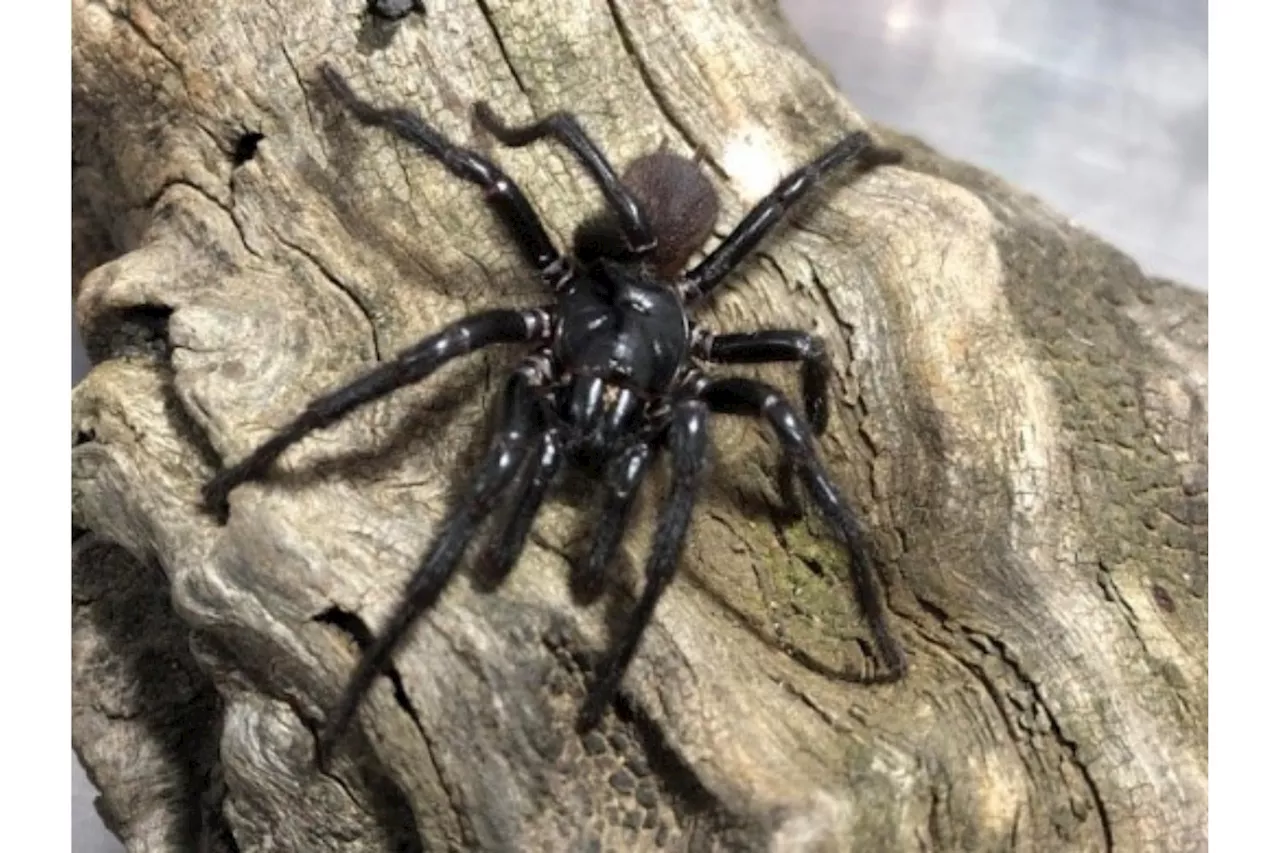 Sydney Funnel-Web Spider Reclassified as Three Distinct SpeciesScientists have reclassified the Sydney funnel-web spider into three separate species based on morphological and genetic analysis. The discovery was made after unusually large male spiders from Newcastle were found to be genetically distinct from the typical Sydney funnel-web.
Sydney Funnel-Web Spider Reclassified as Three Distinct SpeciesScientists have reclassified the Sydney funnel-web spider into three separate species based on morphological and genetic analysis. The discovery was made after unusually large male spiders from Newcastle were found to be genetically distinct from the typical Sydney funnel-web.
Read more »
 Scientists Discover New Species of Deadly Funnel-Web SpiderAustralian scientists have identified a new species of funnel-web spider, significantly larger and more venomous than its relatives, dubbed 'Big Boy.' Research reveals three distinct species of Sydney funnel-web spiders, with 'Big Boy' measuring up to 3.54 inches long. While considered highly dangerous, the existing antivenom is effective against bites from this new species.
Scientists Discover New Species of Deadly Funnel-Web SpiderAustralian scientists have identified a new species of funnel-web spider, significantly larger and more venomous than its relatives, dubbed 'Big Boy.' Research reveals three distinct species of Sydney funnel-web spiders, with 'Big Boy' measuring up to 3.54 inches long. While considered highly dangerous, the existing antivenom is effective against bites from this new species.
Read more »
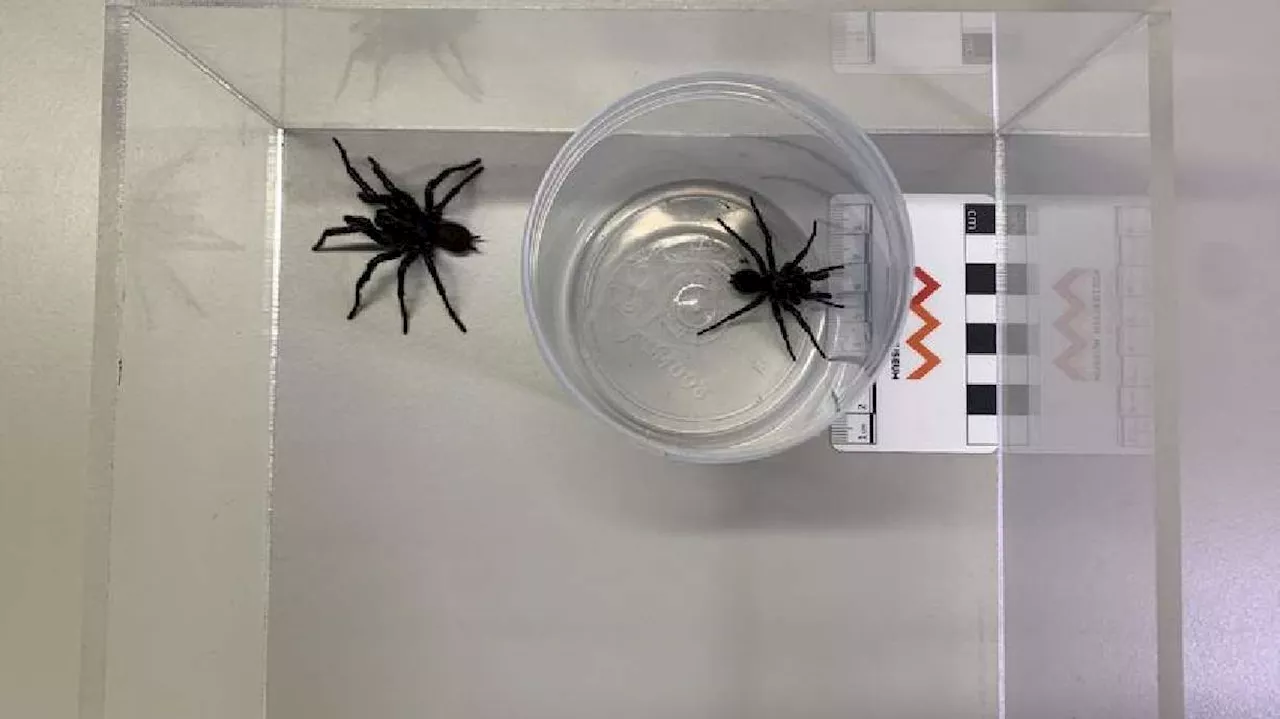 Australian scientists discover bigger species of deadly funnel web spidersA new species of Funnel Web Spider nicknamed 'Big Boy' found in Australia gives 'copious amounts of venom,' a scientist says.
Australian scientists discover bigger species of deadly funnel web spidersA new species of Funnel Web Spider nicknamed 'Big Boy' found in Australia gives 'copious amounts of venom,' a scientist says.
Read more »
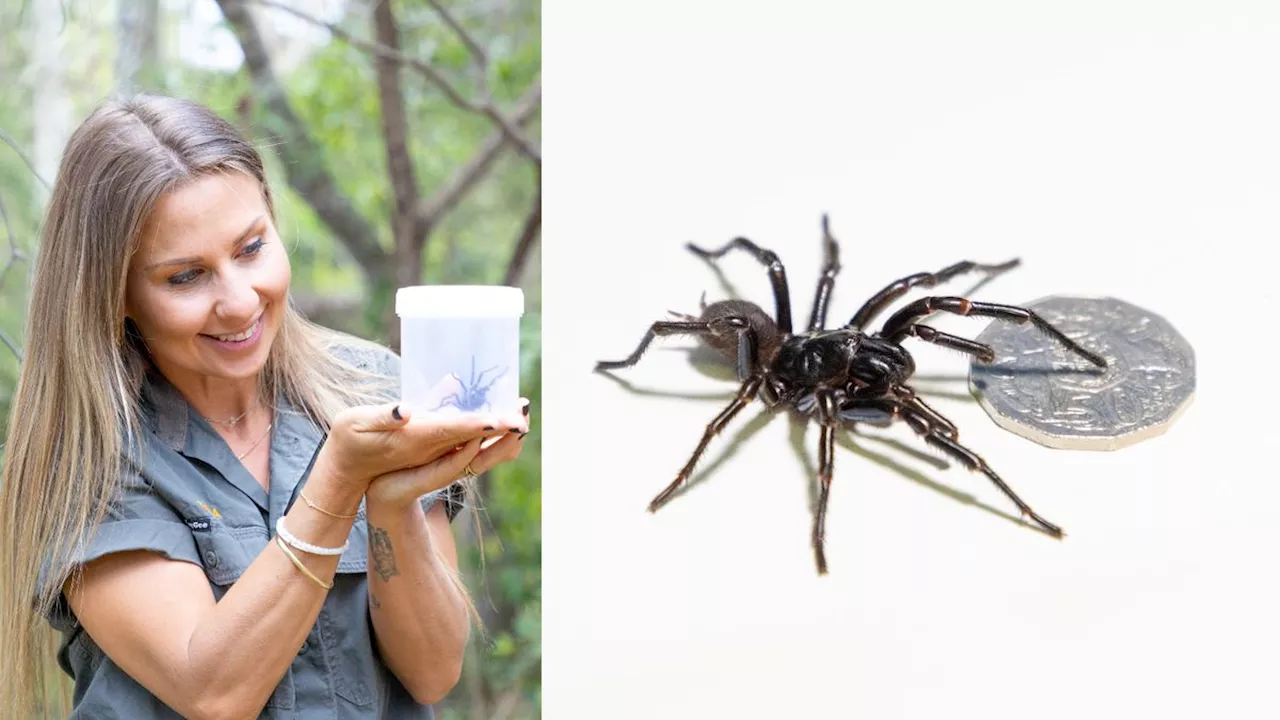 Record-Breaking Funnel-Web Spider Donated to Australian ZooA giant male funnel-web spider, measuring 3.6 inches (9.2 centimeters) from foot to foot, has been donated to the Australian Reptile Park. The spider, named 'Hemsworth' after the Hemsworth brothers, is so large its fangs could pierce a human fingernail. The zoo encourages donations to support its spider venom program, which produces life-saving antivenom against funnel-web spider bites.
Record-Breaking Funnel-Web Spider Donated to Australian ZooA giant male funnel-web spider, measuring 3.6 inches (9.2 centimeters) from foot to foot, has been donated to the Australian Reptile Park. The spider, named 'Hemsworth' after the Hemsworth brothers, is so large its fangs could pierce a human fingernail. The zoo encourages donations to support its spider venom program, which produces life-saving antivenom against funnel-web spider bites.
Read more »
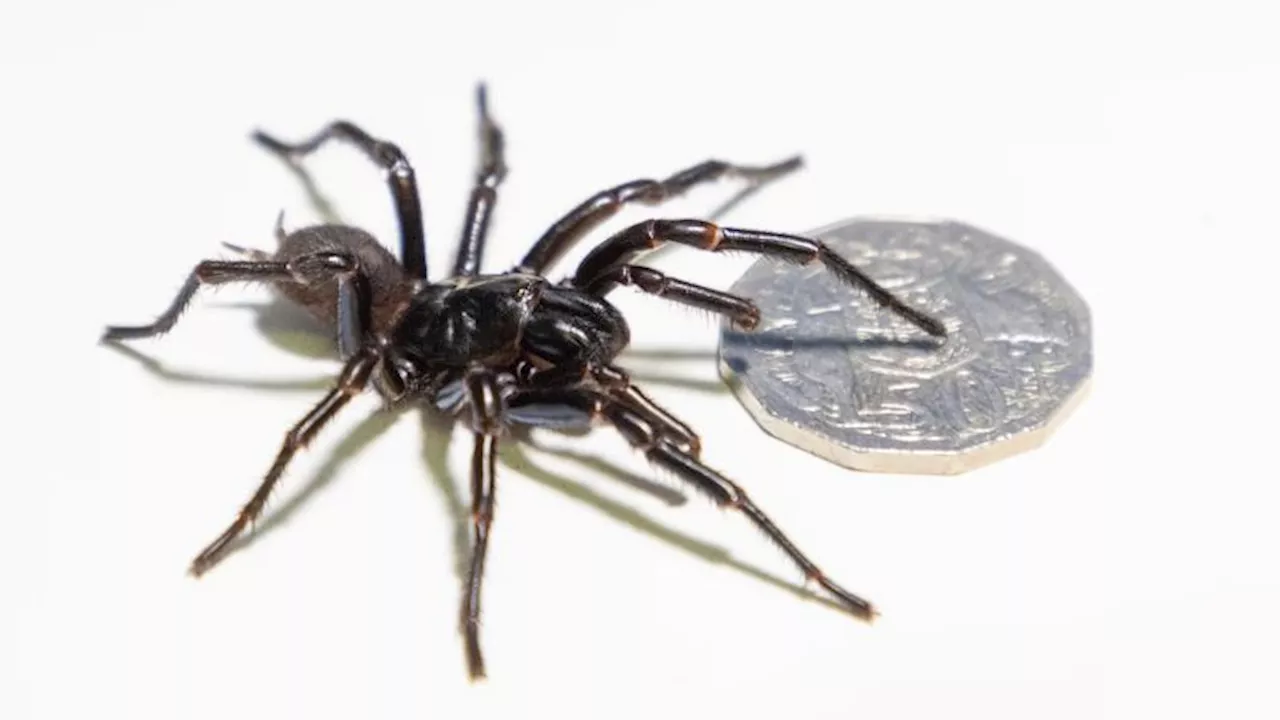 Record-Breaking Funnel-Web Spider Donated to Australian Reptile ParkA giant male funnel-web spider, named Hemsworth, has been donated to the Australian Reptile Park, setting a new record as the largest ever seen by the park's staff. The spider's venom will be used to create life-saving antivenom.
Record-Breaking Funnel-Web Spider Donated to Australian Reptile ParkA giant male funnel-web spider, named Hemsworth, has been donated to the Australian Reptile Park, setting a new record as the largest ever seen by the park's staff. The spider's venom will be used to create life-saving antivenom.
Read more »
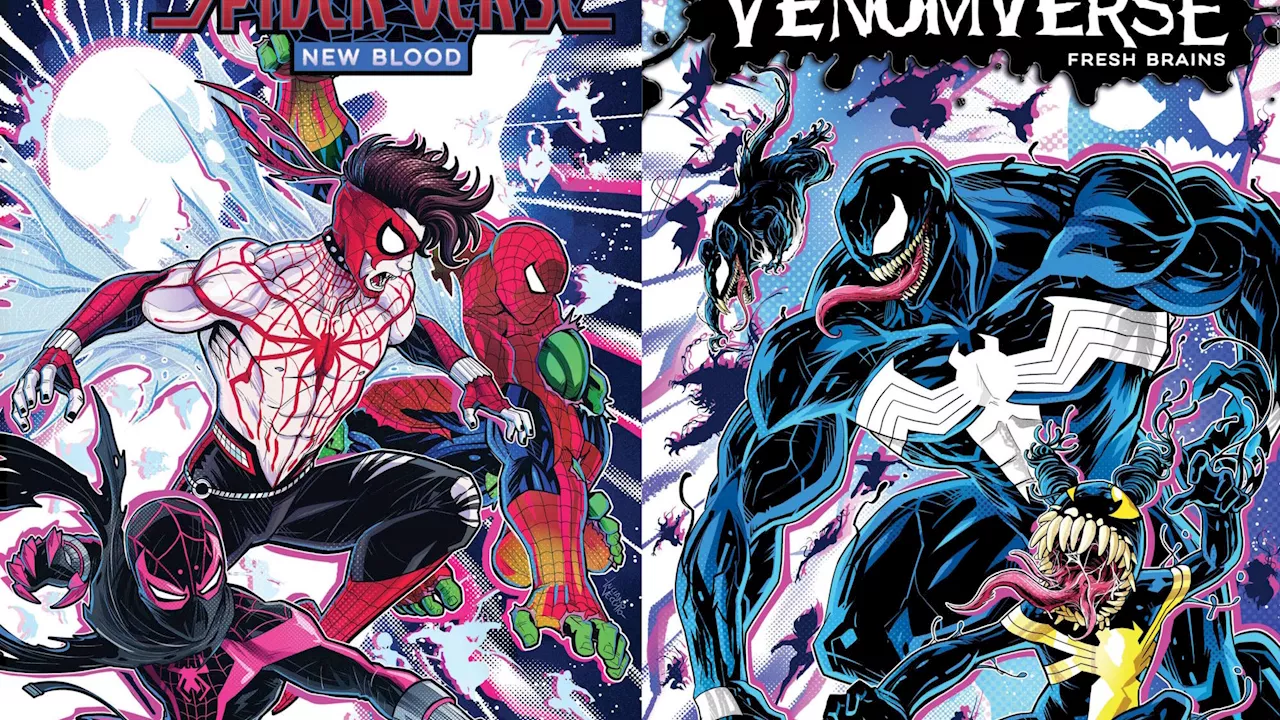 Web Of Spider-verse: New Blood and Web Of Venomverse: Fresh Brains to Launch in 2024Marvel Comics will launch two new one-shots, 'Web Of Spider-Verse: New Blood' in March and 'Web Of Venomverse: Fresh Brains' in April. The one-shots will introduce new multiverse icons and set the stage for 'Spider-Verse Vs. Venomverse', a five-issue limited series.
Web Of Spider-verse: New Blood and Web Of Venomverse: Fresh Brains to Launch in 2024Marvel Comics will launch two new one-shots, 'Web Of Spider-Verse: New Blood' in March and 'Web Of Venomverse: Fresh Brains' in April. The one-shots will introduce new multiverse icons and set the stage for 'Spider-Verse Vs. Venomverse', a five-issue limited series.
Read more »
